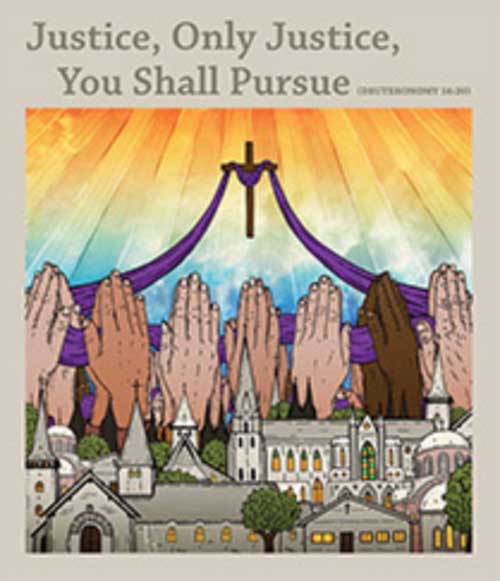
We, in the Southern Hemisphere, are celebrating the Octave of Prayer for Christian Unity between Ascension Day and the Day of Pentecost, as originally suggested by the Faith and Order movement in 1926 and Pope Leo XIII in 1894.
Christians, in the Northern Hemisphere pray for Christian Unity at a different time of year. Christians cannot even get united enough to have a single agreed week when they pray for Christian unity!
The Western experiment in confessional Christianity has obviously failed. For every belief there are people in favour and people against: postmillennialists versus premillennialists; for and against infant baptism; for and against predestination; single versus double predestination; and so on and so on and so on. Every believer is his or her own pope. Make your particular confessional list of beliefs; tick and cross your boxes – each alternative increasing by two or more options of divisions the estimated 41,000 ever-increasing number of denominations. Furthermore each time two groups, such as A and B, join together, generally the result is more denominations, not less: the uniting A&B, continuing A, and continuing B.
Unity, of course, appears on some confessional lists and not on others. Explicitly or implicitly. Ranked higher or lower than say truth or justice. “How dare you break the unity for which Christ prayed!” (or stronger).
Visualise denominational “boundaries” as vertical lines – I would like to suggest that unity and disunity is often more at right angles, the horizontal bands of contemplative, justice-focused, liturgical, charismatic, evangelical, etc. These horizontal bands cross denominations and also bleed into each other. Denominational divisions meant something in the modern world, but far less so in our post-modern reality, where people are far less ready to accept something on an “authority’s say so”, and pick and choose their perspective from the spiritual deli. Plot the increase of cross-denominational marriages…
My own hope lies not in the impotent debates between the vertical lines, but in the nourishment received in the horizontal bands, in the increasing openness between the bands, in the learning from each other. My hope is in the theology of John Zizioulas, Dennis Doyle, de Lubac, and others who draw on the earliest insights that see the fullness of the church present in the local church (Communion Ecclesiology underpinned by Eucharistic Ecclesiology); that sees the catholic (universal) church not as the international body, but as modelled in a hologram, where the image is fully there however small you cut it; where Peter is the leader of the church in the sense that every bishop is the successor of Peter…
Vatican Resources for The Week of Prayer for Christian Unity 2019
The resources for the week have been prepared by members of different churches in Indonesia.
Canadian Council of Churches resources.
If you appreciated this post, consider liking the liturgy facebook page, using the RSS feed, and/or signing up for a not-very-often email, …
Instagram’s @liturgy is the new venture – if you are on Instagram, please follow @liturgy.



